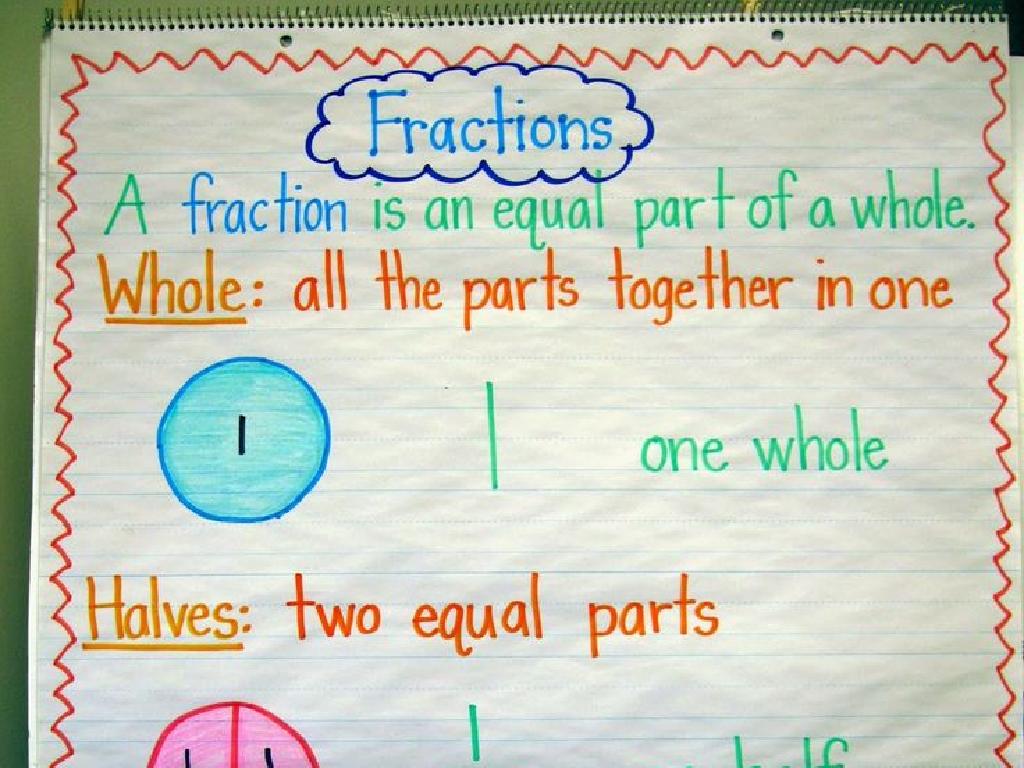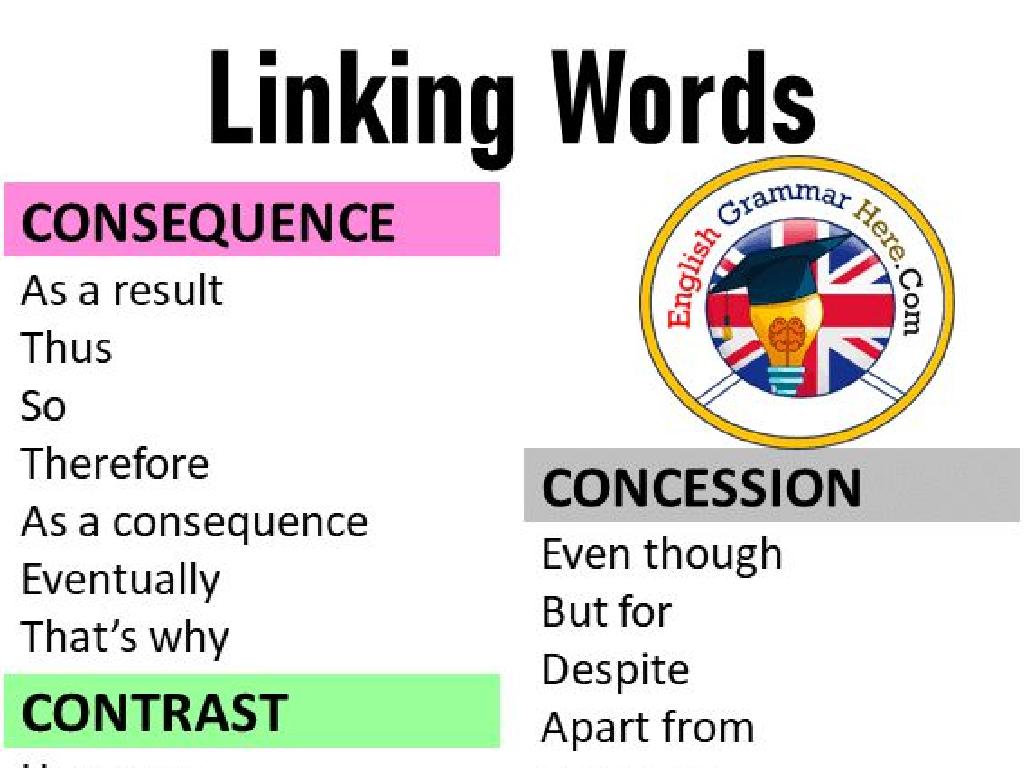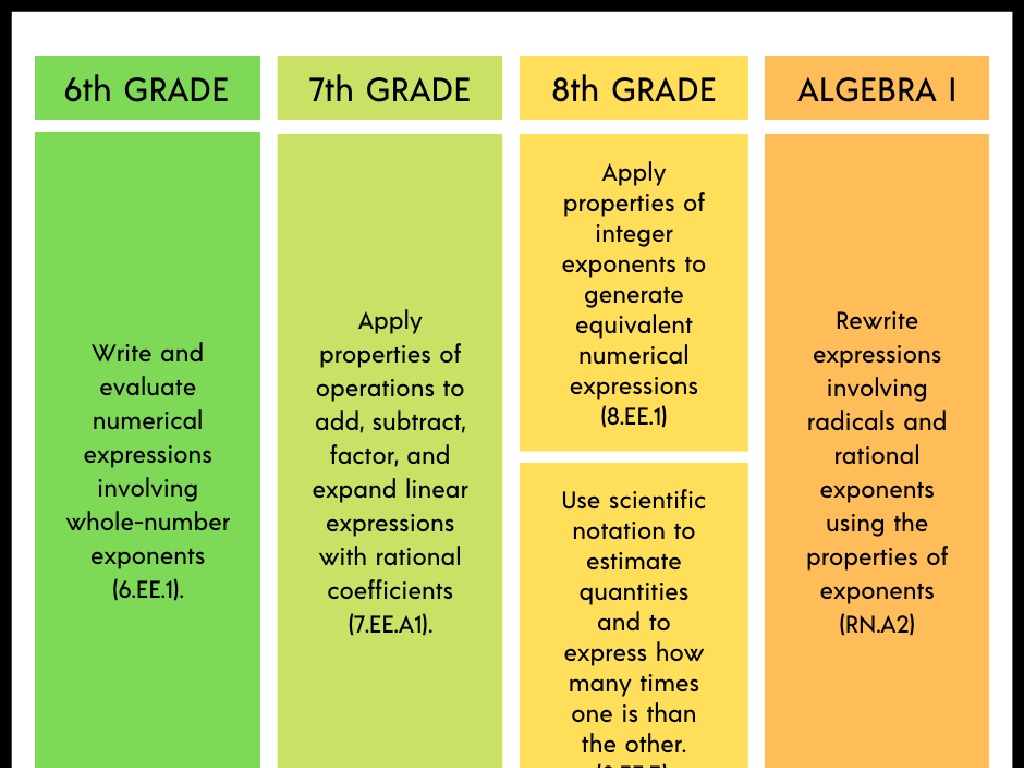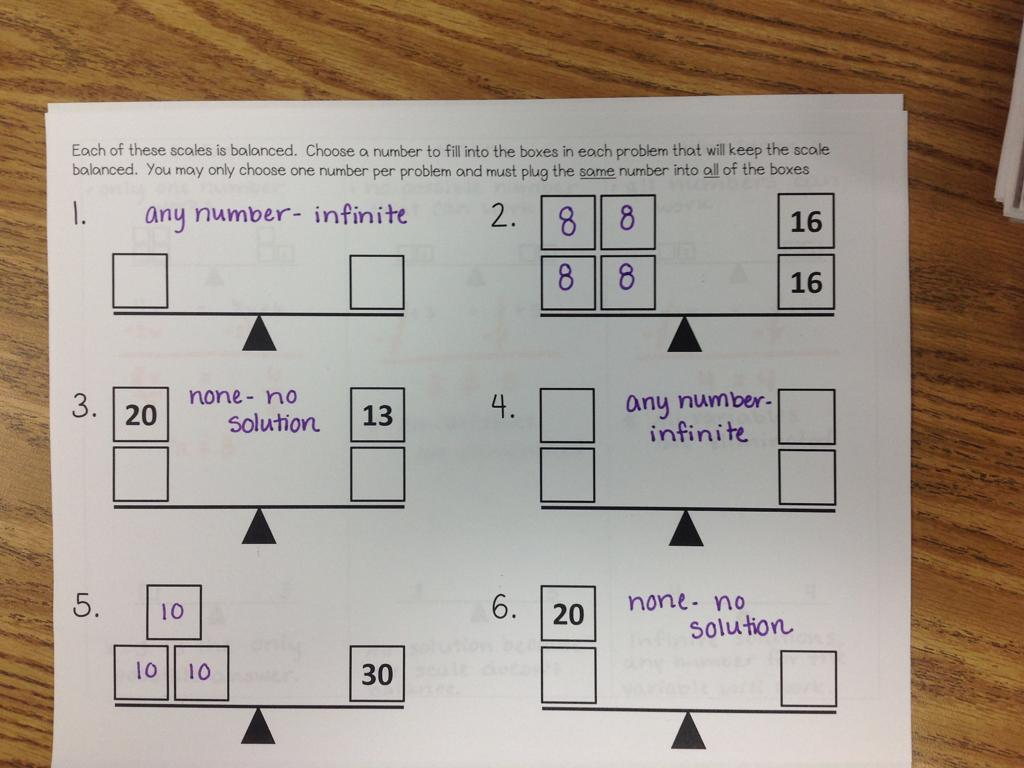Spell The Sight Word
Subject: Language arts
Grade: Second grade
Topic: Sight Words
Please LOG IN to download the presentation. Access is available to registered users only.
View More Content
Today’s Adventure: Spelling Sight Words!
– What are Sight Words?
Words we often see and read without sounding out.
– Importance in reading
They help us read faster and understand better.
– Importance in writing
Knowing them helps us write quickly and efficiently.
– Fun ways to practice
We’ll use games and activities to learn!
|
This slide introduces the concept of sight words to second graders, emphasizing their role in developing reading and writing skills. Sight words are common words that appear frequently in text and can be recognized instantly without needing to decode them phonetically. Understanding these words is crucial for reading fluency and comprehension, as it allows students to focus on the meaning of the text rather than the mechanics of reading. In writing, familiarity with sight words aids in the flow and speed of putting thoughts on paper. Engage the class with interactive games like word bingo, flashcards, or word hunts to make learning sight words an enjoyable and memorable experience. Encourage students to look for sight words in their favorite books or during reading time.
Meet the Sight Words
– Sight words appear frequently
– They can be hard to decode
– Examples: ‘the’, ‘and’, ‘it’
– Common sight words include ‘to’ and ‘is’
– Practice makes perfect
– Read and write them often
|
This slide introduces students to sight words, which are common words that appear frequently in texts and are often difficult to sound out using regular phonics rules. Provide examples of sight words such as ‘the’, ‘and’, ‘it’, ‘to’, and ‘is’. Explain that these words need to be recognized by sight to improve reading fluency. Encourage students to practice reading and writing these words regularly. Activities can include flashcard drills, writing sentences using sight words, or playing games that incorporate these words to reinforce recognition.
Magic of Sight Words
– Sight words are magical in reading!
– They boost our reading speed.
– Recognizing these words without sounding out helps us read smoothly.
– They enhance story comprehension.
– Understanding common words helps grasp the story’s meaning quicker.
– Practice makes us better!
|
This slide introduces the concept of sight words to second graders, emphasizing their importance in developing reading skills. Sight words are common words that appear frequently in text and may not follow standard phonetic rules, thus they should be memorized. Knowing sight words allows students to read more fluently and with greater comprehension. Encourage students to practice sight words regularly as part of their reading exercises. Activities can include flashcard drills, word bingo, or finding sight words in their favorite books. The goal is to make them so familiar with these words that they recognize them instantly, without needing to decode them letter by letter.
Spell with Me: Sight Words Fun
– Spelling sight words together
– Using letter blocks for words
– Letter blocks help visualize the word structure
– Example: Spelling ‘the’
– T-H-E combines to form ‘the’, a common sight word
– Practice makes perfect
|
This slide is designed to engage second-grade students in a hands-on activity to spell sight words using letter blocks. By physically manipulating the blocks, students can better understand the structure and spelling of common sight words. Start by explaining what sight words are and their importance in reading fluently. Demonstrate with the word ‘the’ how to spell it using the blocks. Then, encourage students to use their own sets of letter blocks to spell out additional sight words provided by you. This kinesthetic approach reinforces their learning and helps with memorization. As they become more comfortable, challenge them to spell words without visual aids and to use these words in sentences to enhance comprehension.
Practice Time: Spelling Sight Words
– Listen to the word I say
– Write the word on your paper
– It’s okay if it seems tough
– Take your time and do your best
– We’ll spell each word as a team
– Teamwork makes spelling fun and easy
|
This slide is for a class activity where students will practice spelling sight words. The teacher will say a word out loud, and the students are expected to write it down. This exercise helps reinforce their ability to recognize and spell common sight words. The teacher should encourage students and provide positive reinforcement, especially if they are struggling. If a student is having difficulty, the teacher can guide them through the spelling. The goal is to create a supportive environment where students feel comfortable trying, even if they make mistakes. Possible words for the activity could include ‘because’, ‘friend’, ‘people’, and ‘their’. The teacher can adjust the words based on the students’ proficiency levels.
Game Time: Sight Word Bingo
– Let’s play Bingo with sight words!
– Listen for words and mark your card
– When you recognize a word, put a marker on it
– Get five in a row for ‘Bingo!’
– A row can be horizontal, vertical, or diagonal
– Have fun learning new words
|
This slide introduces a fun classroom activity to help students practice sight words through a game of Bingo. Each student will receive a Bingo card with a selection of sight words. The teacher will call out words randomly, and students will place markers on their cards if they have the corresponding word. The goal is to recognize and find the sight words quickly, reinforcing their ability to recall and spell these words. The first student to get five marked words in a row (horizontally, vertically, or diagonally) and yell ‘Bingo!’ wins. The teacher should prepare Bingo cards in advance, ensure each student understands the rules, and have a list of sight words to call out. The game encourages active listening, quick thinking, and provides a fun and interactive way for students to engage with sight words.
Class Activity: Sight Word Hunt
– Let’s hunt for sight words
– Search words on classroom items
– Look on labels, posters, and books
– Team up and note your findings
– Work with a buddy, write words down
– How many words can you spot?
|
This interactive activity is designed to engage students in learning sight words by searching for them in their immediate environment. Encourage students to work in pairs to foster teamwork and communication. Provide them with a list of sight words to look for and ask them to write down each word they find along with the item it was found on. This will help them recognize and spell sight words in different contexts. After the hunt, have a discussion about the words they found and where they were located. This activity not only makes learning fun but also helps students understand the practical use of sight words in everyday life. Suggested variations for the activity could include a timed hunt, finding words in alphabetical order, or categorizing the words by the number of letters.
Reflection and Sharing: Sight Words Fun
– Share the sight words you found
– Count how many words you discovered
– Discuss your favorite sight word
– Was it because of the way it sounds or its letters?
– Reflect on the spelling adventure
– Think about what made learning these words enjoyable
|
This slide is meant to wrap up the lesson on sight words by reflecting on the students’ experiences and sharing what they’ve learned. Encourage each student to participate by talking about the sight words they found and how many they were able to identify. Ask them which word they enjoyed spelling the most and why, which could be due to the sound of the word, the way the letters are arranged, or the challenge it presented. This discussion helps reinforce their learning and makes the activity more memorable. It also provides an opportunity for peer learning as students may learn new words from their classmates’ experiences. As a teacher, take notes on the words students found challenging or interesting to inform future lessons.
Great Spelling Today!
– Excellent work with sight words
– Practice makes perfect at home
– Read and write today’s words
– Exciting new words next class
– Get ready for more word fun
– Keep up the great effort!
|
This slide is meant to congratulate the students on their hard work during the lesson and to encourage them to continue practicing at home. Emphasize the importance of repetition in learning sight words and the excitement of adding new words to their vocabulary. For the next class, prepare a list of new sight words and consider activities that will engage the students in learning these new words. You can suggest that parents help their children practice by making flashcards or writing the words in sentences. Celebrate their progress so far and motivate them for the upcoming lessons.






